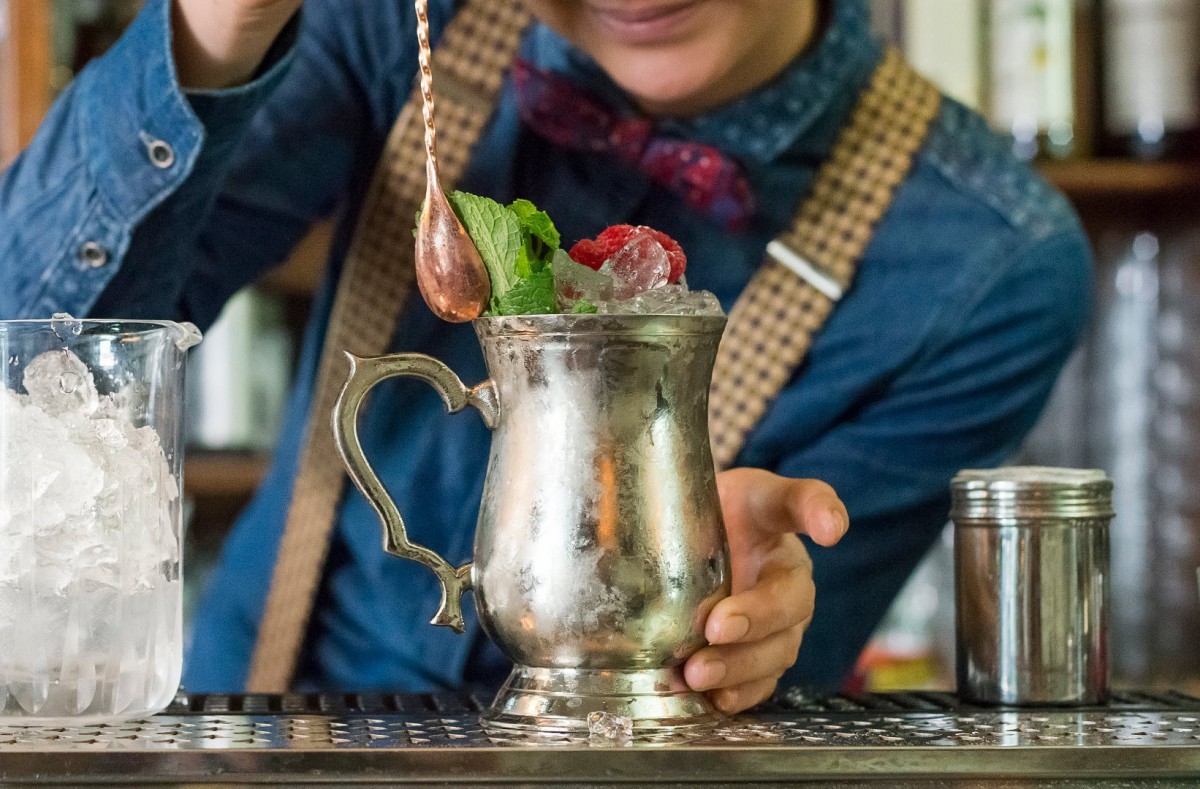
Ice Pebbles: ice for elite muddlers
![]() 2 minutes to read this post
2 minutes to read this post
James Bond's famous "shaken, not stirred" is a classic slogan today. We talked to Carlotta Linzalata, barlady with a bright future as a trainer, populariser and consultant in the mixology world. An all-round professional, whose “reason why” is to help bartenders to improve their work, and cocktail bar owners to find innovative solutions for their business.
And Carlotta’s strengths? Undoubtedly, her Caribbean cocktails, prepared using the “Shake and Pour” technique. The ingredients are poured directly into the Rock Glass with ice; then it is all shaken in a Boston Shaker and poured into the glass. Carlotta is very familiar with the benefits of Brema ice nuggets and how to use them to create drinks for a relaxing evening, starting early with an aperitif or later for after-dinner drinks. Chatting with her, we get carried away by the aromas that only “muddled cocktails” can offer. Just think of the classic mojito: lime, mint… an explosion of unmistakeable flavours in the mouth, leaving behind a pleasantly fresh sensation.
Elegant movements, the careful measurement of ingredients and a sophisticated, fascinating and full explanation of what we are about to enjoy. Mixology . the art of mixed drinking, is based on a delicate balance of all the alcoholic and other ingredients, which must be carefully chosen. What is the role of Brema ice in this context?
Brema ice is a “technical” ice. An ice which is first and foremost functional, as well as nice to look at. Especially the “Pebbles” are the right compromise between cubes and granules. Ice with reduced consumption of both electricity and water. The continuous production with stable cycle of “Pebbles” ice makers ensures the complete use of the water. There is no waste: 1 litre of water produces 1 kg of ice. A green approach, fully in line with the company’s philosophy “Be Eco-Active” which perfectly meets the needs of us baristas. So let’s get rid of a few clichés. The most significant part of cooling in a cocktail has nothing to do with the temperature of the ice, but how it dissolves. Most of the heat absorbed by the ice is in fact so-called “latent heat”, the energy that the ice uses to pass from the solid to the liquid state. Contrary to what we might think, the change from the solid to the liquid state takes place on the surface: the larger the surface, the quicker the exchange of heat and the dilution in the drink.
In the collective imagination, “shaking” is certainly the gesturs that we most identify with a bartender’s work. But why do we shake, and what characteristics must the ice have to avoid negatively affecting the flavour of the drinks inside the shaker?
In my experience, I advise strong shaking for less time, rather than delicate shaking for longer. Many bartenders wrongly think that being “light-handed” avoids brutally breaking the ice. The technical feature of Brema ice is that it is extremely compact. If the ice breaks on contact with the walls of the shaker, this means it is of poor quality and has been chilled too quickly. Shaking helps us to cool the liquid quicker and, with the same temperature reached, the dilution is slightly less than with other preparation techniques.
Carlotta Linzalata | Mixology Manager



